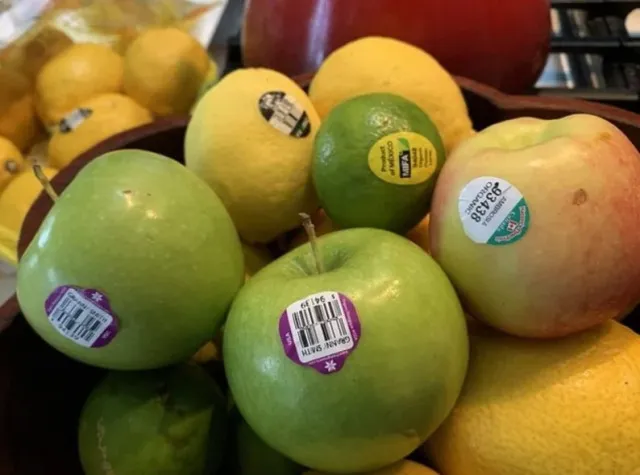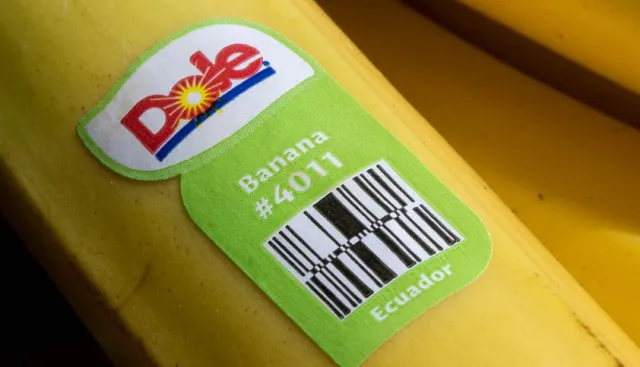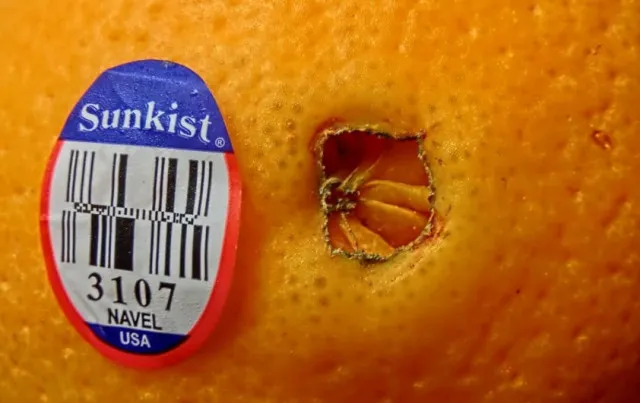The numbers on fruit stickers provide key information about how the fruit was grown, indicating whether it’s conventional, organic, or GMO.
When you go to the grocery store, you might notice small stickers on fruits and vegetables.
These stickers have numbers on them, and they provide important information about how the produce was grown.
Knowing what these numbers mean can help you make better choices for your meals.

What are PLU codes?
The numbers on fruit stickers are called PLU codes, which stand for Price Look-Up codes.
These codes help cashiers at the checkout identify the price of the produce quickly. However, they also tell us more about the food itself.
Types of codes on fruit stickers
There are three main types of PLU codes, and they vary in length and what they signify.
Five-digit codes starting with 9.

If you see a five-digit number that begins with the number 9, it means the fruit or vegetable is organic.
Farmers grow organic produce without synthetic fertilizers or pesticides, which many people believe is healthier.
Five-digit codes starting with 8
A five-digit number that starts with 8 indicates that farmers genetically modified the produce (GMO).
These foods have been altered in a lab to enhance certain traits, like resistance to pests.
While GMOs are common, some people choose to avoid them due to health concerns.

Four-digit codes
If the code has only four digits and starts with either 3 or 4, it indicates that farmers conventionally grew the food.
This means farmers may have treated it with synthetic fertilizers and pesticides.
Many shoppers prefer organic produce, but studies show there is no significant nutritional difference between organic and conventionally grown options.

The importance of the numbers on fruit stickers
The numbers on stickers do more than help at checkout; they also provide useful information about food quality and farming practices.
A four- or five-digit code can tell you where and how the food was grown.
However, if you see a code with more than five digits, it is not part of the standardized system used for production.

The difference between organic and conventional growing
Understanding the difference between organic and conventional produce can help you make informed choices.
Organic farming focuses on using natural methods, such as compost and crop rotation, to grow food.
In contrast, conventional farming often relies on chemical fertilizers and pesticides to boost crop yields.
Experts like Dr. Tamika D. Sims suggest that instead of worrying too much about whether produce is organic or conventional, people should focus on eating a balanced diet with a variety of foods.
This approach may be more beneficial for overall health.

The internationally standardized system
The system for labeling produce was developed in the 1990s by the International Federation for Produce Standards (IFPS).
This organization aims to improve the efficiency of the food supply chain and ensure that produce meets quality standards.
They have assigned over 1,400 codes to fruits and vegetables.
While the system helps consumers and retailers, stores do not require these stickers on all produce.
Some items may not meet these international standards.